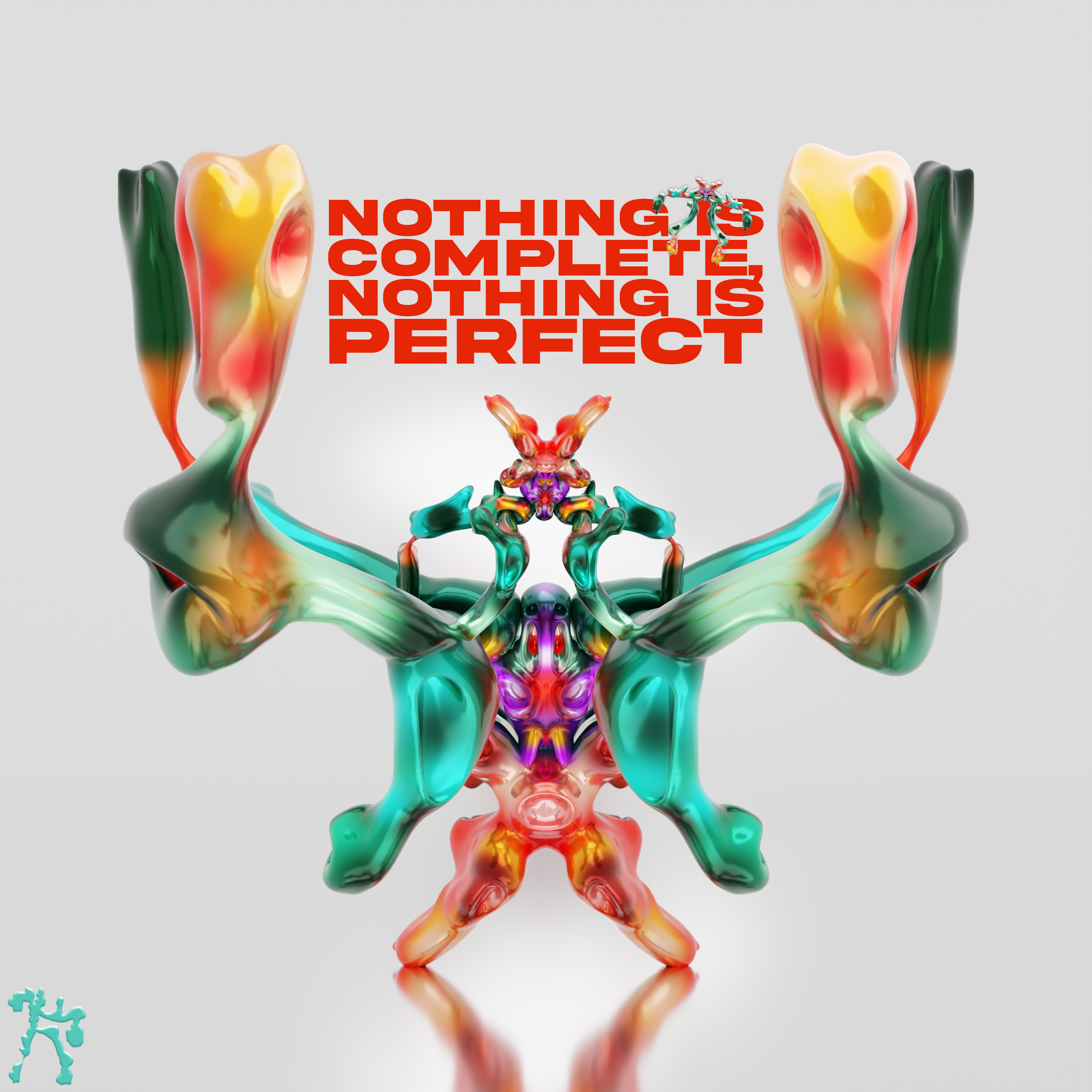In audiovisual art, images tend to distract or enhance the supposed meaning of music. The performance Modular by the Argentinian Ensamble Tropi at In/Out Festival creates a productive dialogue between enhanced dichotomies produced by the COVID-19 pandemic: The open space of nature and the confinement of private places.
Since the COVID-19 outbreak hit South American countries in March 2020, people had to seek refuge in their homes. For most of us, living in big cities, this meant staying indoors, being dependent on screens, and, the worst part of it, apart from nature. Modular, a collection of audiovisual online performances conceived by Ensamble Tropi, starts from confinement but has a clear mission to direct our imagination and our sensibility towards outdoor spaces.
The Argentinian chamber music group recorded in isolation six pieces by young composers from different parts of the country, and the music was then accompanied by visuals captured and edited by Ramiro Iturrioz. Most dominant is the Patagonian scenery. Iturrioz, who lives in South Argentina, went out with a camera to record images around the rivers Negro, Limay, and Neuquén, and natural elements such as water, wind, soil, snow, and fire played a leading role in conducting the imagination through a music that otherwise could be perceived as quite claustrophobic. Since the works were composed in isolation, this contrast added a new layer of meaning.
Between Tonality and Noise
A piece like «Rumores Dosmesticos» by Manuel Esteban Tamar, took inspiration from everyday sounds heard in his house during the quarantine. The squeaks of a rusty door or the movement of a curtain that sounds like bamboo chimes in the wind explore the contrast between tonal music and noise. By adding the visuals, mainly poetic shoots of a river, the music is taken to another place. In «Elogio de las Sombras II» by Matias Ocarez, the composer deals with fragmentation of space and time, and the close-ups of plants and soil, almost in a psychedelic fashion, highlight the impermanent aspect of the sounds.
Even when the images are more in tune with the composition, they are still contrasting it. This is the case of «Nana Sin Tiempo» by Luz Pérez, a dark lullaby illustrated by flocks of snow at night, an image as bittersweet as the composition, and of «Habitaciones» by Horace Bravo, that evokes four rooms and its ghostly memories, accompanied by old family photos, and still life-like takes.
An Escape From the Dark Reality
The use of visuals to make strange music more palatable is a resource used throughout the second half of the 20th century. It’s easier to get abstraction in a painting, but not in music. One exception is film: If the music is played in a context and is running in the background, it’s easier for an uninitiated audience to endure it. That’s the case of classic sci-fi and horror movies, like Vertigo or Psycho by Alfred Hitchcock.
But this is not the case in these pieces. The visual layer is not a distraction but a dialogue. By focusing on nature, the works offer a new perspective to the pandemic experience. The outdoor scenes refer to what we miss the most, and these pieces could be read as a promise of freedom in the days to come, as a relief for our current mental state and an escape from the dark reality of illness and death. In this sense, Modular works as a potent metaphor for our own human condition that is now subdued by nature’s designs.

